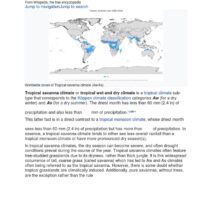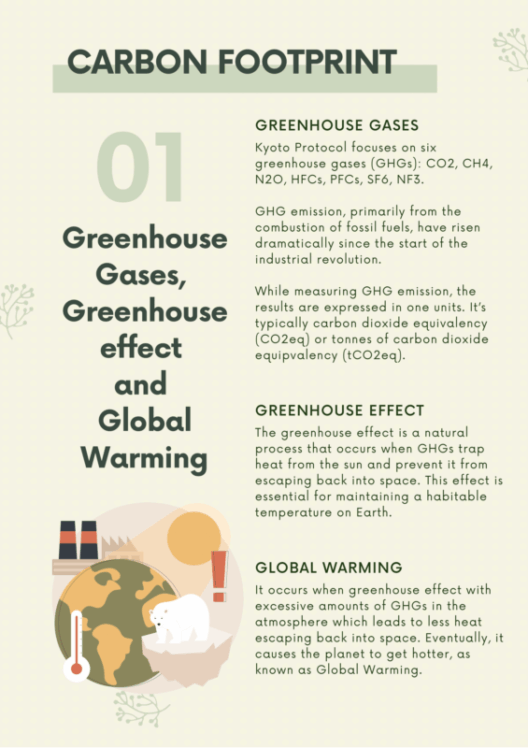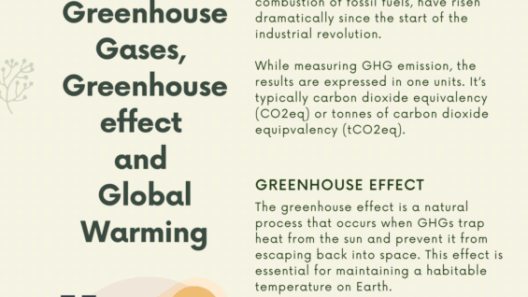The Earth’s axial tilt, or obliquity, is a fundamental aspect of our planet’s climate system. The tilt plays a significant role in determining the intensity and distribution of sunlight received across the planet, which in turn affects global climate patterns. The prevailing question surrounding this topic is whether climate change—driven largely by anthropogenic factors—can indeed influence the Earth’s tilt. To explore this subject comprehensively, we must first understand the nature of the Earth’s axial tilt, the mechanisms behind climate change, and the broader implications of this interplay.
Earth’s axial tilt varies between approximately 22.1 and 24.5 degrees on a cyclical basis over a period known as the Milankovitch cycles, which occur over tens of thousands of years. This natural fluctuation is predominantly due to gravitational forces exerted by the moon and the other planets in our solar system. These alterations in tilt contribute to glacial and interglacial cycles that have characterized Earth’s climatic history. However, contemporary climate change—exacerbated by emissions from burning fossil fuels, deforestation, and various industrial activities—introduces a new dimension to the question of the Earth’s tilt.
The mechanisms of climate change are multifaceted and cause significant shifts in weather patterns, sea levels, and polar ice caps. While these changes are predominantly attributed to surface-level phenomena, their long-term impacts are likely to have more profound effects on the Earth’s physical characteristics, including its tilt. To comprehend the possible relationships between climate change and axial tilt, it is crucial to address the concept of feedback loops within the climate system.
One way climate change could influence the Earth’s tilt is through the melting of polar ice caps. As vast glaciers and ice sheets diminish due to rising temperatures, the redistribution of mass across the Earth’s surface could potentially lead to alterations in the planet’s rotational dynamics. The principle of isostasy explains that as ice melts, the land previously compressed under its weight begins to uplift, a phenomenon that could theoretically affect the Earth’s rotation and, over extensive timescales, its tilt.
Moreover, the increased sea level associated with melting ice and thermal expansion of ocean water can result in additional shifts in mass distribution. Changes in ocean currents, driven by alterations in thermal gradients, could also influence the Earth’s axial position. However, the extent to which these factors could affect the axial tilt significantly remains a topic of scientific debate, primarily due to the timescales involved and the relative magnitude of these changes compared to the natural cycles that govern the Earth’s rotational dynamics.
In addition to physical changes, climate change may induce variations in atmospheric dynamics that could further impact the tilt. The redistribution of heat due to increased greenhouse gas concentrations affects weather patterns and atmospheric circulation, potentially leading to a more significant influence on the angular momentum of the Earth. The complexities of these interactions are still being explored, emphasizing the need for ongoing research to elucidate the connections between climate dynamics and geological processes.
It is also pertinent to consider the phenomenon of the Chandler wobble, a small oscillation in Earth’s rotational axis that occurs over a period of about 433 days. Research suggests that significant changes in mass distribution—such as those occurring through glacial melting or shifts in seabed tectonics—can influence this wobble. While the Chandler wobble itself does not directly alter the axial tilt, understanding its dynamics provides insight into how climate change may impact the Earth’s rotational characteristics. Observing these minute changes might offer clues about larger, more profound shifts that could occur over extended periods.
Furthermore, the implications of a variable axial tilt on Earth’s climate are profound. A significant shift in the tilt could lead to altered seasonal patterns, impacting biodiversity, agricultural practices, and ultimately, human habitability. For example, a greater tilt could result in more extreme seasons—hotter summers and colder winters—thus exacerbating challenges related to food security and sustainable resource management. Conversely, a reduction in tilt might moderate seasonal extremes, yet it can pose challenges during critical ecological turnover events that rely on specific temperature and light conditions.
As the world grapples with the realities of climate change, it becomes increasingly evident that understanding the intricate relationships between Earth’s physical characteristics and climate dynamics is crucial. While the potential for climate change to alter Earth’s axial tilt remains scientifically contentious, it is imperative for researchers and policymakers to remain vigilant. The ramifications of any changes to the Earth’s tilt could propagate through climate systems, influencing ecosystems, economies, and communities worldwide.
In conclusion, while the immediate evidence linking climate change and the Earth’s axial tilt may not be conclusive, the potential exists for these two phenomena to interact in significant ways. Encouraging interdisciplinary research that spans climatology, geology, and geography will be essential in deciphering the complexities involved. Continued monitoring of climatic trends, ice sheet dynamics, and oceanographic patterns will enhance our understanding of these interconnections, guiding effective policies to mitigate climate change impacts and foster resilience in the face of an uncertain future.








